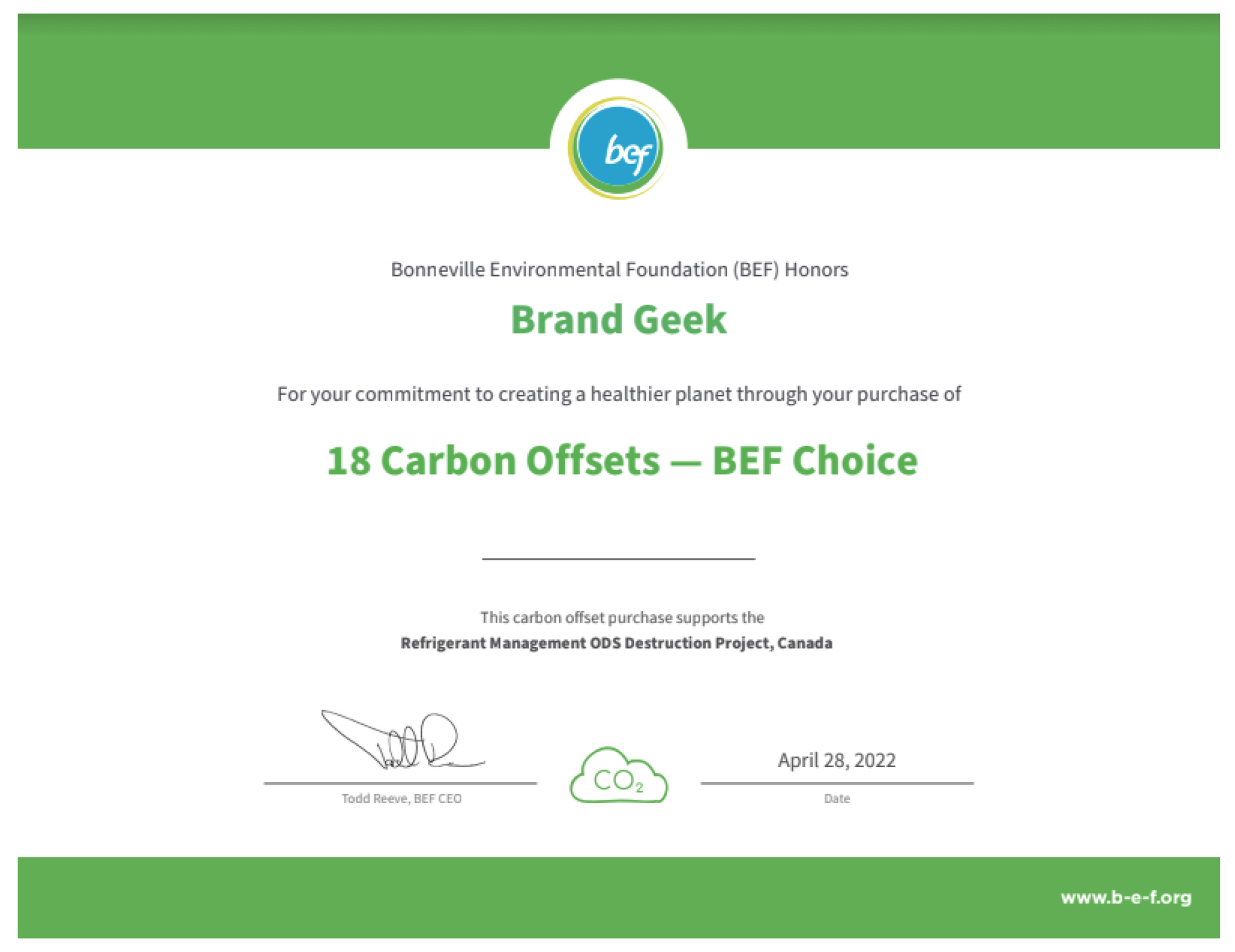Brandgeek proudly supports Mountain Area Preservation and is humbled to be…
Burning Man’s Burning Marks

Had my blog been functioning properly, you would have seen a post on August 31 announcing my Burning Hiatus (as well as two others on 08/28 & 08/30). While I was away, I was attending the Burning Man art festival outside of Gerlach, Nevada for my ninth time in ten years. Each year continues to be better than the last and each year I just can’t believe it! Meanwhile, I should have known better than to rely on technology in my absence from the real world. I apologize for my prolonged and previously unexplained silence. How annoying!
The Burning Man festival began in 1986 on Baker Beach in San Francisco. It moved to Nevada’s Black Rock desert in 1990 after SF Park police banned burning on the beach. Since Baker Beach is a nude beach, I imagine lots of burning happens there, though I don’t think sunburn is what the park police meant to ban when they banned burning. The inaugural Burn (another term for the festival) involved 20 people according to the Burning Man timeline. Nearly 54,000 people were reported to be in attendance “on the playa” this past Saturday afternoon, according to an article on CBS Sacramento’s website.
Burning Man is more than an art festival. It is a temporary city (Black Rock City) that crops up to be inhabited for a week every year by the World’s Most Creative and Generous People. The playa is a place of free expression where people look out for one another and take care of each other.
This is good because the Black Rock desert is a harsh natural environment. The ground — and often the air — consists of a fine alkaline dust that gets into and all over everything, and I mean everything. There are no permanent facilities in Black Rock City. Participants must bring with them everything they need to survive in the high desert where daytime highs often reach into the 90s and nighttime lows dip into the low 40s — often on the same day! There are porta-potties for toilets and commerce is limited to ice and coffee sales. Everything else is based on a gift economy where people share their gifts with others.
Burning Man encourages the inhabitants of Black Rock City to use the Ten Principles to guide their lives on and off the Playa. While the art, education and inspiration offered at Burning Man are jaw-dropping, as a trademark lawyer, I also find the trademark issues fascinating.
Black Rock, LLC owns 5 federal trademark registrations:
BLACK ROCK GAZETTE for its newspaper
BURNING MAN for conducting art festivals
BLACK ROCK CITY for conducting art festivals
FLAMBE LOUNGE for conducting art festivals
DECOMPRESSION for conducting art festivals
Interestingly, Black Rock LLC does not own a federal registration for its logo:
Burning Man employs a very unique model when it comes to its BURNING MAN mark and logo, which it allows others to use freely in a non-commercial manner. Black Rock, LLC’s only commercial use of the BURNING MAN marks is in connection with the sale of festival tickets, posters and calendars and no commercial use of the BURNING MAN marks is allowed by any third parties. Fascinating and ingenious!
 Sharing in the use of the Burning Man marks enables the community feel ownership over the brand and kinship with the brand owner. It’s not a model that will work for many, but in this community, it makes perfect sense.
Sharing in the use of the Burning Man marks enables the community feel ownership over the brand and kinship with the brand owner. It’s not a model that will work for many, but in this community, it makes perfect sense.





This Post Has 0 Comments